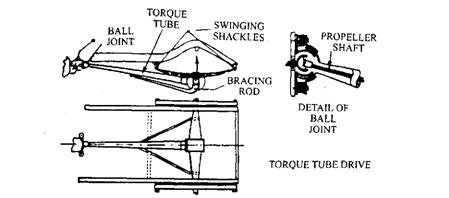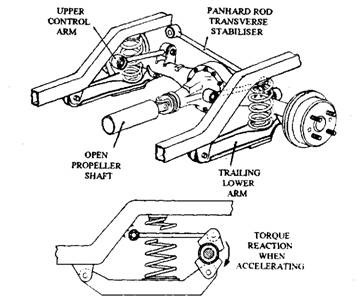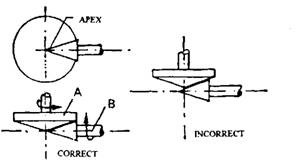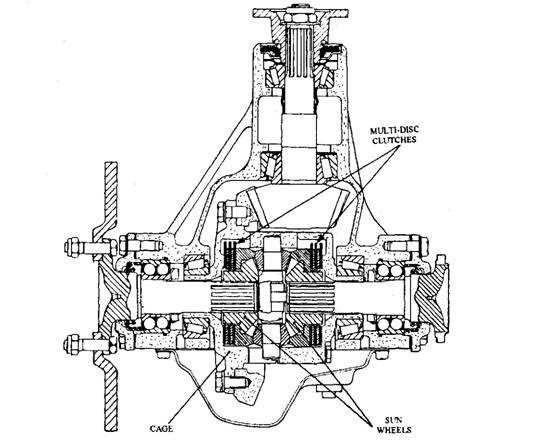Rear Axles Final-drive
Rear Axles Final-drive The rear axles final drive (i) transmits the drive through a angle of 90 degrees, and (ii) gears down the engine revolutions to provide a 'direct top' gearbox ratio. In the case of cars a final drive ratio of approximately 4 : 1 is used. Bevel or worn gears are employed to achieve the various functions of the final drive. 26.4.1. Bevel Gears Figure 26.34 illustrates the geometry of a bevel gear layout, which represents two friction cones 'A' forming the crown wheel and 'B' the pinion. For avoidance of slippage and wear, the apex of the pinion must coincide with the centre line of the crown wheel. The system with incorrectly positioned pinion causes unequal . peripheral speeds of the crown wheel and pinion. It is necessary to mount the gear in the correct position so that angle of the bevel is governed by the gear ratio. => Types of Bevel Gear :- 1. Straight Bevel 2. Sprial Bevel => Hypoid Gear => Worm and Wheel Drive :- 1. Bevel





